For all the coffee lovers out there, have you ever considered how the size of coffee beans influences the flavor of your brew? It’s fascinating to realize that the size and shape of coffee beans play a significant role in the taste, aroma, and even the roasting and brewing methods. In this article, we’ll dive deep into the various sizes and types of coffee beans and explore how these factors can change your coffee experience.
But that’s not all! We’ll also touch upon coffee culture, the roasting process, and effective storage methods, providing you with valuable insights to enrich your coffee journey. Let’s start by discussing how to choose the right beans and delve into the captivating world of coffee.
- How Bean Size Affects Coffee Flavor
- The Importance of the Roasting Process
- Differences in Coffee Storage Methods and How to Preserve Flavor
Types of Coffee Beans and Their Characteristics
The flavor of coffee can vary significantly depending on the type and characteristics of the beans used. Two main types of coffee beans, Arabica and Robusta, each boast distinct flavors and traits. Additionally, the region where the beans are grown also influences their taste, making it essential to consider these factors when choosing your coffee. In this section, we’ll explore the differences between Arabica and Robusta beans, as well as how the origin of the beans impacts their flavor.
Differences Between Arabica and Robusta
Arabica beans are generally regarded as high-quality, offering a well-balanced blend of sweetness and acidity. They are known for their rich aroma and fruity flavors, making them a favorite choice in many specialty coffee shops. On the other hand, Robusta beans are characterized by their strong bitterness and higher caffeine content. This makes them popular for use in espresso and blended coffees. They are also relatively inexpensive, allowing for an accessible coffee experience.
The size and shape of Arabica and Robusta beans differ as well; Arabica beans are elongated, while Robusta beans are rounder. This distinction affects the roasting and brewing methods, ultimately leading to significant differences in taste. By understanding how to choose your beans, you can find the perfect coffee that suits your personal taste.
- Arabica is high-quality with a balanced sweetness and acidity.
- Robusta has a strong bitterness and higher caffeine content.
- The size and shape of the beans influence the roasting and brewing process.
Flavor Variations Based on Bean Origin
The origin of coffee beans has a profound impact on their flavor profile. For example, Ethiopian beans are known for their fruity and floral aromas, while Colombian beans are characterized by sweet notes reminiscent of nuts and caramel. Brazilian beans, on the other hand, offer a delightful combination of mild bitterness and a smooth mouthfeel. Understanding these differences can help you select coffee beans that are more aligned with your personal preferences.
Moreover, factors such as the growing environment, climate, and soil also play a role in shaping the flavor of the beans. For instance, coffee grown at high altitudes may develop richer flavors due to temperature fluctuations and humidity changes. Thus, gaining knowledge about the origin of the beans can enhance your coffee enjoyment and help you appreciate the nuances in flavor.
- The origin of the beans can greatly influence their flavor.
- Ethiopian beans are fruity, while Colombian beans have a sweet flavor.
- Beans grown at high altitudes may develop richer flavors.
The Coffee Roasting Process
To truly unlock the allure of coffee beans, the roasting process is essential. Roasting is a crucial step that determines the flavor and aroma of the beans, and the appropriate roasting method can vary depending on the type and size of the beans. In this article, we will explore the fundamentals of roasting, its significance, and how the roast level impacts taste.
The Basics of Roasting and Its Importance
Roasting involves heating raw coffee beans at high temperatures, triggering chemical reactions within the beans that create flavor. During this process, moisture evaporates from the beans, and their color and aroma change. If roasting is not done correctly, the beans’ inherent flavors can be compromised, making roasting technique extremely important.
There are different stages of roasting: light, medium, and dark. Light roasts highlight fruity notes and acidity, while medium roasts offer a well-balanced flavor profile. Dark roasts, on the other hand, bring out stronger bitterness and richness. Since roasting significantly alters the flavor of the beans, selecting the right roast level to match your preferences is crucial.
- Roasting is a key process that determines the flavor of the beans.
- The roast level changes the overall taste.
- Proper roasting brings out the beans’ inherent flavors.
The Impact of Roast Level on Taste
The roast level is a direct factor influencing the taste of coffee, and the optimal roast varies depending on the type and size of the beans. For example, Arabica beans tend to lose flavor if roasted at high temperatures, so a medium roast is recommended. In contrast, Robusta beans benefit from a dark roast, which enhances their bitterness and strengthens their presence as coffee.
Different roast levels affect the balance of acidity, sweetness, and bitterness, making personal preference a key factor in your choice. Additionally, deeper roasts tend to offer more complexity in aroma and flavor, increasing overall satisfaction when enjoyed. To truly appreciate coffee, it’s important to understand the differences in roast levels and find the one that suits you best.
- The roast level is a crucial factor in determining flavor.
- Medium roasting is recommended for Arabica beans.
- Dark roasting enhances the bitterness of Robusta beans.
Coffee Brewing Methods and Culture
When it comes to brewing coffee, the method you choose can significantly influence the flavor, depending on the type of beans and their roast level. Selecting a brewing style that suits your preferences is essential, as different methods can greatly enhance your coffee experience. Additionally, unique coffee cultures exist around the world, with each region developing its own distinct ways to enjoy this beloved beverage. In this section, we’ll explore various brewing methods and the cultural differences in coffee consumption across countries.
Types of Brewing Methods and Their Features
There are several coffee brewing methods, including drip, French press, and espresso, each with its own characteristics. Drip brewing is a straightforward technique that utilizes a filter to infuse hot water through the coffee grounds, making it easy to highlight the beans’ flavors. On the other hand, French press allows you to steep coarsely ground beans directly in hot water, resulting in a rich and full-bodied brew. Espresso is known for its bold taste, achieved by forcing hot water through finely-ground coffee under pressure in a short amount of time.
Each brewing method has its optimal conditions based on the grind size and roast level of the beans. For instance, finely ground beans are best suited for espresso, while coarsely ground beans work well in a French press. Since the brewing method can alter the aroma and flavor profile of the coffee, experimenting with different styles is highly recommended.
- Drip brewing is simple and enhances flavor extraction.
- French press provides a rich and robust taste.
- Espresso is intensely flavored and brewed quickly.
Differences in Coffee Culture Around the World
Coffee culture varies significantly from country to country, influenced by the lifestyles and preferences of the local people. In Italy, for instance, espresso is the norm, and a vibrant café culture thrives, where enjoying espresso with light snacks is quite popular. Conversely, in Ethiopia, the coffee ceremony holds great significance, with a focus on the entire process from roasting the beans to brewing the coffee. This demonstrates how deeply ingrained coffee enjoyment is in various cultures.
Japan’s coffee culture, in particular, has seen significant evolution in drip coffee techniques, with many enthusiasts placing great emphasis on the preparation method. Careful consideration of bean selection, roast level, and brewing style allows individuals to create their unique cup of coffee. By understanding the cultural nuances, you can expand your coffee enjoyment even further.
- Espresso culture is deeply rooted in Italy.
- Ethiopia emphasizes the importance of coffee ceremonies.
- Japan has a strong focus on drip coffee preparation.
How to Store Coffee and Its Impact on Flavor
To keep your coffee tasting great, proper storage methods are essential. The best way to store coffee can vary depending on the type of beans and their roast level, making it crucial to have the right knowledge. Notably, the size and shape of the coffee beans can influence how quickly their flavor deteriorates. In this section, we’ll explore techniques for preserving coffee flavor and the differences in storage methods for thick and thin beans.
Techniques for Preserving Flavor
Coffee beans are sensitive to air, moisture, light, and temperature, all of which can compromise their flavor. The first step is to store your beans in an airtight container and keep them in a dark place away from direct sunlight. You might also consider refrigeration or freezing, but be mindful of condensation caused by temperature changes. If you choose to freeze your beans, it’s best to portion them out so you only take out what you need at a time.
Freshness is especially important for recently roasted beans. Ideally, you should use them within 1 to 2 weeks after roasting, and if you need to store them for longer, make sure to seal them tightly to prevent oxidation. By following these storage techniques, you can maintain the maximum flavor of your coffee.
- Store coffee beans in an airtight container
- Keep them in a dark place away from direct sunlight
- Aim to use them within 1 to 2 weeks after roasting
Differences in Storage Methods for Thick and Thin Beans
The thickness of the beans also affects their storage requirements. Generally, thicker beans tend to retain more moisture, making them sensitive to humidity. Therefore, it’s crucial to seal them well and store them in an environment that minimizes moisture exposure. On the other hand, thinner beans contain less moisture and tend to dry out more quickly. For these beans, it’s important to use them up sooner since they are more likely to be exposed to air.
Additionally, the roast level plays a role in how coffee should be stored. Dark roasted beans tend to have oils on the surface that can oxidize more easily, requiring careful storage. In contrast, light roasted beans emphasize acidity, so enjoying them fresh is key. By understanding the appropriate storage methods for different thicknesses and roast levels, you can extend the life of your coffee’s flavor.

If you’re interested in learning how the choice and amount of coffee beans can affect taste, check out this article on “Choosing Coffee Beans and Exploring How Quantity Affects Flavor.” It’s packed with insights to deepen your appreciation for coffee and help you enjoy a delicious cup!
- Thick beans are sensitive to moisture and require airtight storage
- Thin beans should be used up quickly
- Dark roasts need careful storage to prevent oxidation
Conclusion
The allure of coffee encompasses a wide range of factors including the type of beans, roasting methods, brewing techniques, and storage practices. Understanding the unique characteristics of different beans can truly enhance the flavor and aroma of your cup. Recognizing the differences between Arabica and Robusta, as well as how roasting levels can impact taste, is the first step towards enjoying your perfect coffee. It’s also essential to pay attention to storage methods to preserve the beans’ natural flavors for as long as possible.
With this knowledge in hand, take the opportunity to enjoy your ideal coffee moments. Experimenting with new beans can lead to even more delightful discoveries in the world of coffee. This realm is rich and deep, with endless new findings waiting for you, so let your exploration continue!
- Understanding the types and characteristics of coffee beans is crucial
- Flavor can change significantly depending on roasting levels
- Proper storage methods are necessary to maintain the beans’ flavor
To enrich your coffee experience, don’t hesitate to try out new beans! And if you have any thoughts or questions about the article, please feel free to share them in the comments.







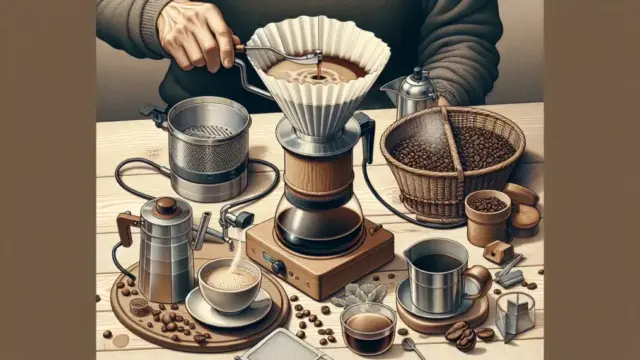



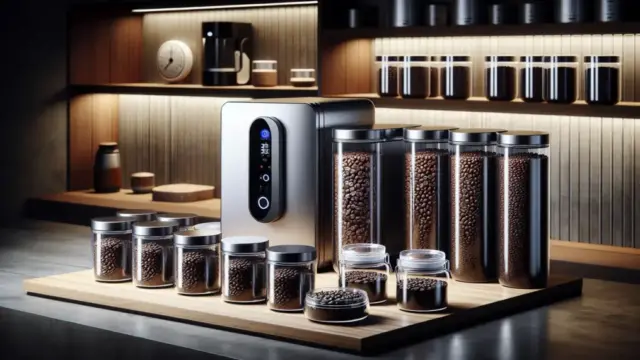





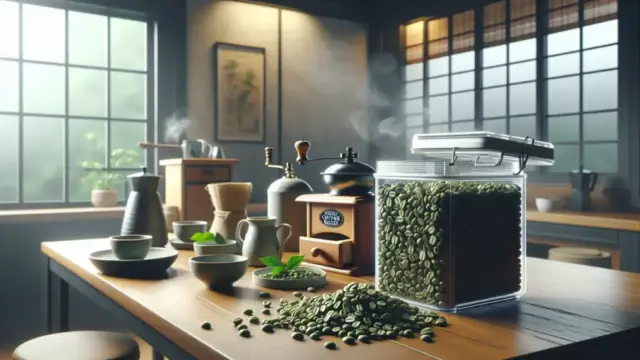









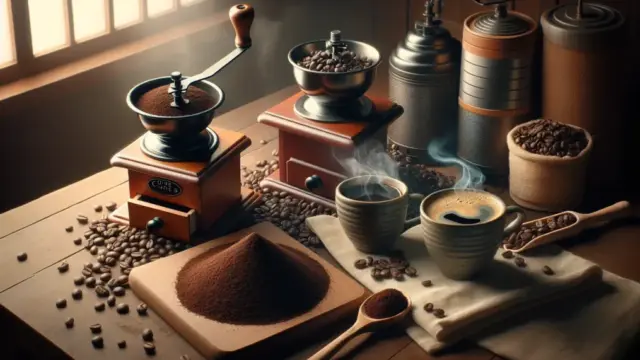





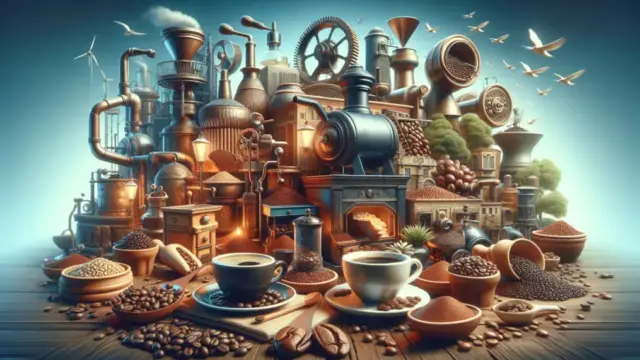








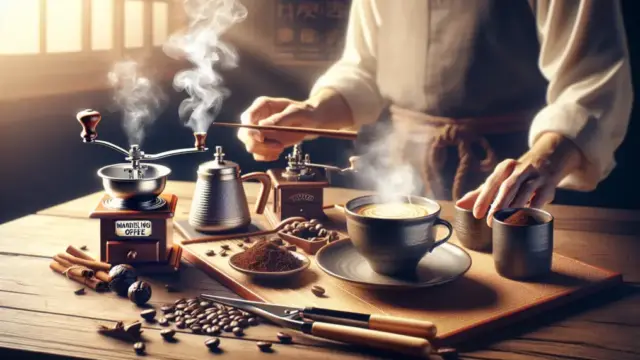








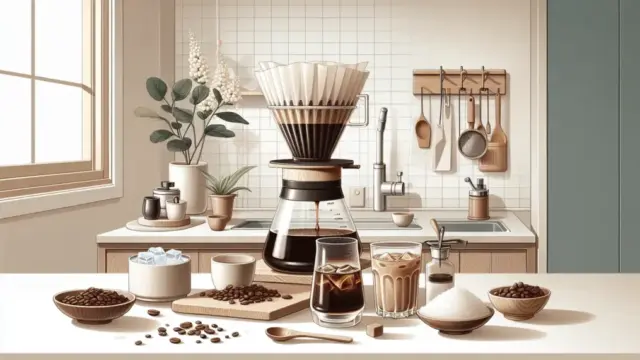








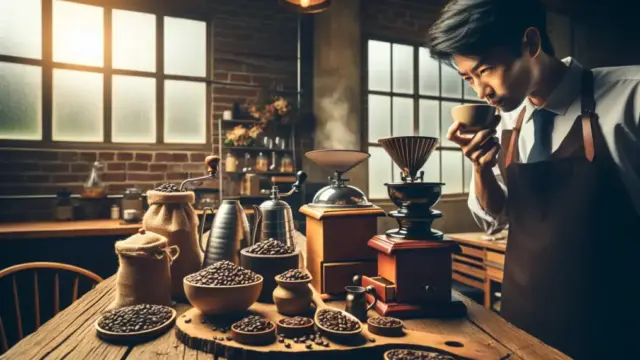


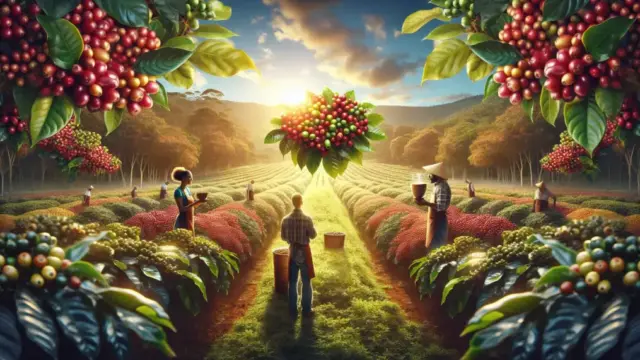

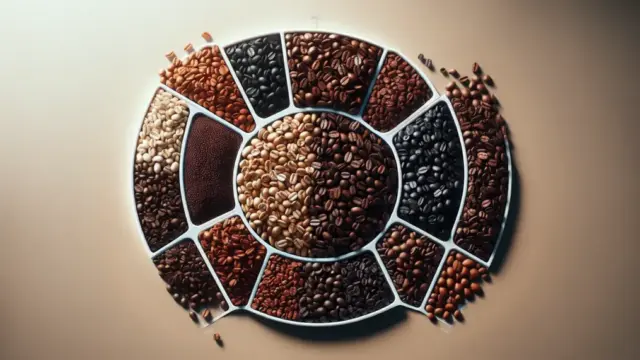







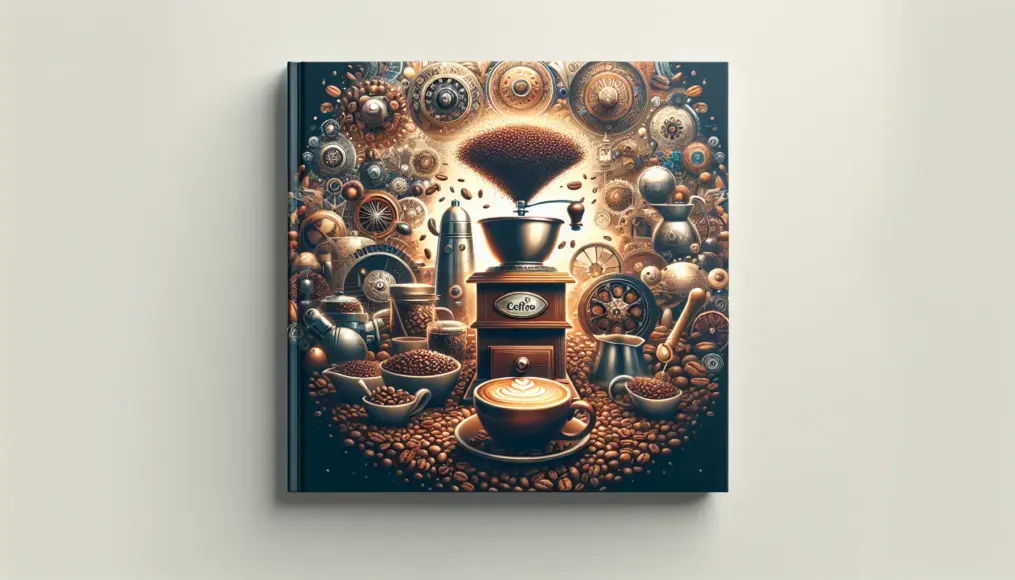
Comment